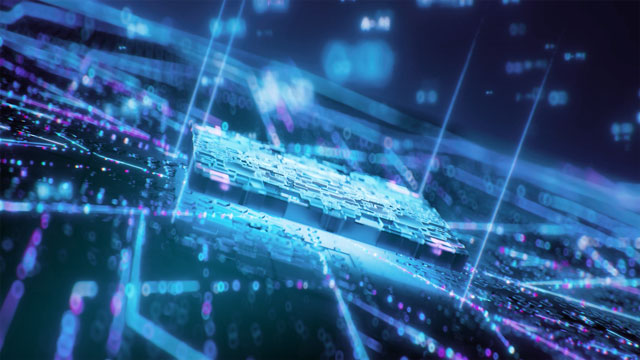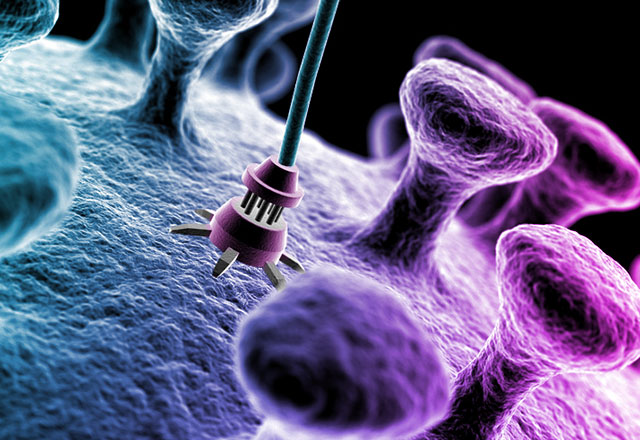FORWARD
Are we all breathing SMART dust?
Everything around us is getting smaller and more efficient, from cell phones to computer chips. As nanotechnology progresses, so do the possibilities of applications in our daily lives.
One such example is smart dust – tiny sensors capable of measuring and transmitting information on their environment.
However, just like many other technological advances (think facial recognition technology and social media), the use of smart dust raises many questions about privacy, safety, and even public health. This article addresses what smart dust is and how it could affect us.
What is Smart Dust?
Smart dust is a network of tiny sensors no bigger than a grain of sand. These sensors can measure everything from temperature, light, and sound to air pressure and humidity. They can also detect movement and be used for tracking purposes. They are considered nano-sized, meaning they are just 1/1000th the size of a millimetre.
Smart dust sends data about its surroundings to a larger system for storage and analysis. IoT technology, using either Wi-Fi or cellular networks, can be used to transmit the data. Due to their tiny size, many sensors must be deployed to cover a large area. Another name for smart dust is micro-electro-mechanical systems or MEMS.
The concept of smart dust is nothing new. In 1992, UC Berkeley electrical engineering professor Kris Pister proposed the idea of deploying networks of tiny, wireless sensors to monitor the environment. The military later funded the research to develop tiny sensors for surveillance on the battlefield. Today, companies such as General Electric, Cargill, IBM, and Cisco Systems believe smart dust could revolutionize data collection.

Use cases of Smart Dust
The use cases for smart dust are almost limitless. Companies and governments could leverage the IoT capabilities of smart dust thousands of times over to measure and track anything.
Agriculture
Perhaps the most commonly discussed use of smart dust is in agriculture. Farmers could deploy sensors to track soil moisture and nutrients, allowing them to optimize their crop yield. Smart dust could also be used to monitor livestock and quickly detect diseases or other anomalies in herd behaviour. Pest control could also be enabled with smart dust, as it would detect the presence and movements of pests.
Smart Dust can measure temperature changes and detect vibration or air pressure changes that could indicate a malfunctioning machine.
Manufacturing
Smart dust can be used to monitor industrial processes and conditions in factories. For example, smart dust can measure temperature changes and detect vibration or air pressure changes that could indicate a malfunctioning machine. It would enable faster maintenance and prevent costly downtime.
Smart dust can also be used in warehouses and shipping centers to monitor inventory levels, detect theft or tampering of goods, and ensure that the correct item is sent to the right place at the right time.
Security
Nationwide security systems can be enabled with the use of smart dust. Sensors could be deployed in public spaces like parks, stores, and airports. These sensors could detect movement or sound and alert authorities if there is a potential threat. Smart dust can also secure buildings or other valuable assets by tracking people's movements and activities within a particular area.
Smart dust might also replace home security systems. Imagine leaving on vacation and having an entire network of tiny sensors in your home that can alert you if there is a break-in or fire.
Healthcare
One of the least-feasible yet most exciting uses of smart dust is in healthcare. Diagnosis is the first step to proper treatment. Smart dust could be used in diagnostics by monitoring a patient's vital signs. Smart dust would eventually replace traditional surgery, as its sensors can target specific areas of the body. Instead of a biopsy, for example, doctors would deploy smart dust to detect any abnormalities in cells or tissue.
Smart dust can also be used to monitor elderly patients, alerting caregivers if anything unusual is detected. This would enable faster response times and reduce worries for family members.

Instead of a biopsy, for example, doctors would deploy Smart Dust to detect any abnormalities in cells or tissue.
Are we breathing Smart Dust?
The question remains: Are we already surrounded by smart dust and unaware of it? The short answer is no. Most use cases are still in the concept stage, and the technology is far from being mainstream. Smart dust still has some significant technical challenges to overcome before it can be deployed at scale.
That said, it's clear that smart dust will be an essential part of our future. The potential applications are almost limitless and could revolutionize how we monitor the environment, secure assets, treat disease, grow food, and more. That's where the health concerns appear.
Thousands, if not millions, of these tiny sensors, must be deployed to monitor the environment and human activities. They are also light enough to stay suspended in the air, meaning we can breathe in small amounts of them. There's no telling what long-term health effects this could have on our bodies. The potential risks are unknown, from respiratory problems to potential interference with our nervous system.
Other concerns of Smart Dust
Besides the potential health risks, there are other concerns surrounding smart dust.
Privacy
Understandably, smart dust has the potential to be highly intrusive and pose a threat to privacy. Thousands of virtually invisible sensors collecting data on our movements, conversations, and activities without oversight is a significant cause for concern. Fallen into the wrong hands, the data collected by smart dust can be used for nefarious purposes.
Smart Dust still has some significant technical challenges to overcome before it can be deployed at scale.
Control
The deployment of smart dust at scale also raises the question of how to control it. As of now, there is no way of reining in smart dust once it has been released since they are challenging to even detect. A system of accountability must be established to ensure that the technology is used responsibly.
Environmental impact
Lastly, smart dust has the potential to cause environmental damage. As these sensors are very small and light, they can easily be blown away by wind and end up in rivers or oceans where they could potentially harm wildlife. These are single-use items, and there is no practical way to retrieve them once deployed. Similar to microplastics, smart dust could eventually accumulate in the environment and cause irreparable damage.